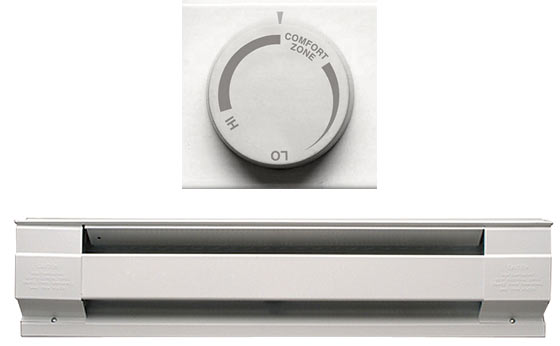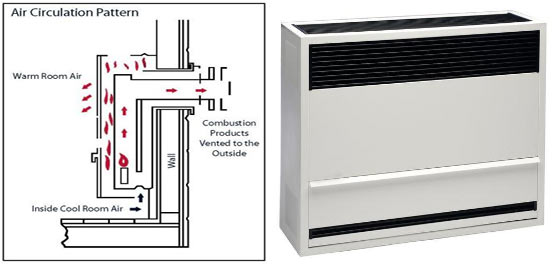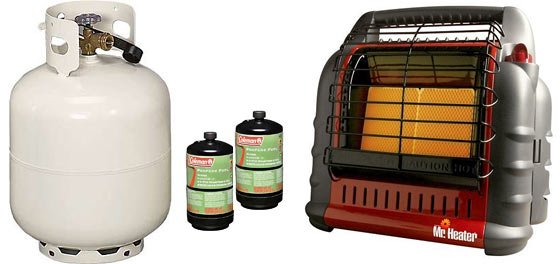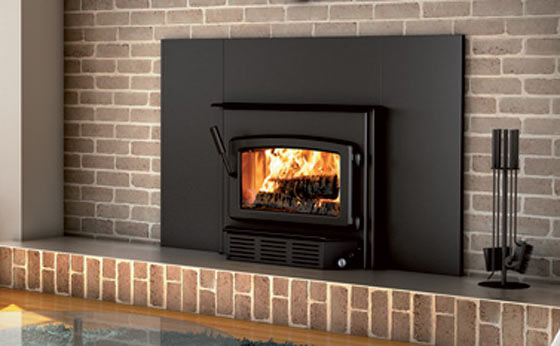Power Outage When You Have Electric Heat

This is primarily for those who have electric heat in the home, as opposed to oil or gas heat. What happens when there’s a power outage during the cold winter? It gets cold mighty fast…
Given the winter season, for those of you who rely on electric heating systems, here’s a question… What would you do if the power went out for more than a few hours, and how would you stay warm?
Here’s the problem, and why you might want to give it some thought…
Home with electric heat may typically have ‘baseboards’ in every room. They contain electrical heating elements. And those electric heating elements require LOTS of electricity. In fact, so much so – that a typical portable home generator is not anywhere near powerful enough. They don’t output enough power that would be needed for the electric heating system in the house.
Many of these individual baseboard heater panels may typically draw 1,000 watts or 1,500 watts (each), or thereabouts. A typical room (equipped with electric heat) may have lots of these baseboard units. A home’s overall power demands for electric baseboard heat adds up very quickly. It is well beyond the capabilities of a typical home generator – not to mention the other demands which would be placed on the generator as well…
So, what is one to do during the winter if you are stuck with electric heat and wish to be better prepared for a power outage from a major winter storm (or whatever causes the power outage)?
There are several alternatives, some more expensive than others, which you might consider.
Gas Heater-Furnace

You might consider augmenting your electric heat with some gas heat. You could approach this as a renovation. Orr you could consider installation of a single gas heater-furnace (e.g. wall mount). Or several (depending on the size of your home).
There are many varieties of gas heater wall units that are designed to attach to a wall. A logical option might be to select a heater that is designed to attach to (and through) an exterior wall in which the gas feeder line and the heater’s exhaust would be routed. These are called direct-vent natural gas heaters. If your street has a gas line running through it, you might consider the expense of tapping into it. However a less expensive approach might be to sign up with a bottled gas company whereby an appropriate size gas bottle would be set outside and would directly feed your heater(s).
Direct Vent Propane Wall Heaters
(amzn)
This project would cost some money for sure, but not terribly much (everything’s relative I suppose). It would potentially provide you with the BTU’s necessary to maintain a reasonably safe temperature in your home during a longer term winter power outage. Not only that, but by augmenting your electric heat, you will reduce your electric bill, while incurring a corresponding gas bill – which may cost less $$.
Portable Propane Heater

If you don’t want to spend the money to set yourself up with a permanent gas wall heater, then you might think about smaller portable gas heaters. However be sure that what you choose is safe for indoor operation (many are not). Though you should ALWAYS have a carbon monoxide detector in operation (common sense).
For example, you might choose to purchase one or more of a portable propane heater like this model,
Mr. Heater Buddy Indoor-Safe (4,000 , 9,000 and 18,000 BTU)
(amzn)
…which produces up to 18,000 Btu. Although my home is currently heated with LP propane gas heat, I also have this model (Mr. Heater) as a portable emergency solution (for whatever). If you go down this road, you will want to get yourself an extension hose which allows you to connect to a bottled gas tank such as the one for your BBQ grill. Otherwise you will be changing LOTS of those little 1-pound cylinders (which costs lots more too).
[ Read: Buddy Heater Run Time | 1-lb & 20-lb Tanks ]
[ Read: Carbon Monoxide Symptoms ]
There are other portable heater solutions too. Just do your research and settle on what works for you.
Wood or Pellet Stove

Another obvious solution to your problem of reliance on electric heat during a power outage, is to utilize a wood stove or pellet stove. I also have a pellet stove. It heats half the house during winter.
If you currently have a fireplace, be aware that if you use it (as is) for heat, you will heat up the room nicely, but it will actually draw the heat out of other rooms. A fireplace insert is the best way to ensure a more efficient way to heat your home. A fireplace reflector will help a bit too.
[ Read: Fireplace Reflectors Improve Wood Burning Heat Efficiency ]
Ideally you would purchase an appropriate size wood stove insert for your fireplace. This would seal off the fireplace itself while accommodating the exhaust of the wood stove. As you know, a wood stove does not require electricity. Sounds like a win-win. You might be surprised how even a small size wood stove can heat up the place…
If you don’t already have a fireplace in your home, then you could choose to install a stand-alone wood stove or pellet stove. This would cost more due to the appropriate efforts to properly and safely exhaust the stove to the exterior of your home.
When all else fails when your electric heat is out…
Okay, lets say you don’t want to spend any money to augment your electric heat in case of power failure. At a minimum, at least consider this…
Example. You could potentially be stuck in your home (assuming the weather is bad and the region is out of power for awhile). Your home will quickly get c-c-cold. Be sure that you have appropriate winter-weather warm clothes. Insulated clothing. Warm blankets. A good winter weather sleeping bag. Thermals for under your clothes. A well-insulated coat, hat, gloves. It may be uncomfortable for awhile, but it sure will help!
If you have candles, the flame from a single candle can make a surprising difference in psychology during the emergency, and you will be able to warm your hands. Just be careful that you don’t burn your house down…
It’s all about HEAT in the winter (especially for those living in northern latitudes). If your home is heated solely by electric heat, then consider power outages. For example, what you would do in an emergency where an ice-storm strikes the region and topples countless trees onto power lines, bringing your section of the grid down. All while travel is impossible and your are stuck in your home for days or longer until the power is finally restored…
By the way, if you have an oil or gas heat furnace, they still require electricity to run ignitors, pumps and blowers. The temporary solution in that case is simply procuring a portable home generator which can easily feed the relatively small power demands for this. Electric heat though — you’re outta luck.
[ Read: Warmest Winter Blanket ]
